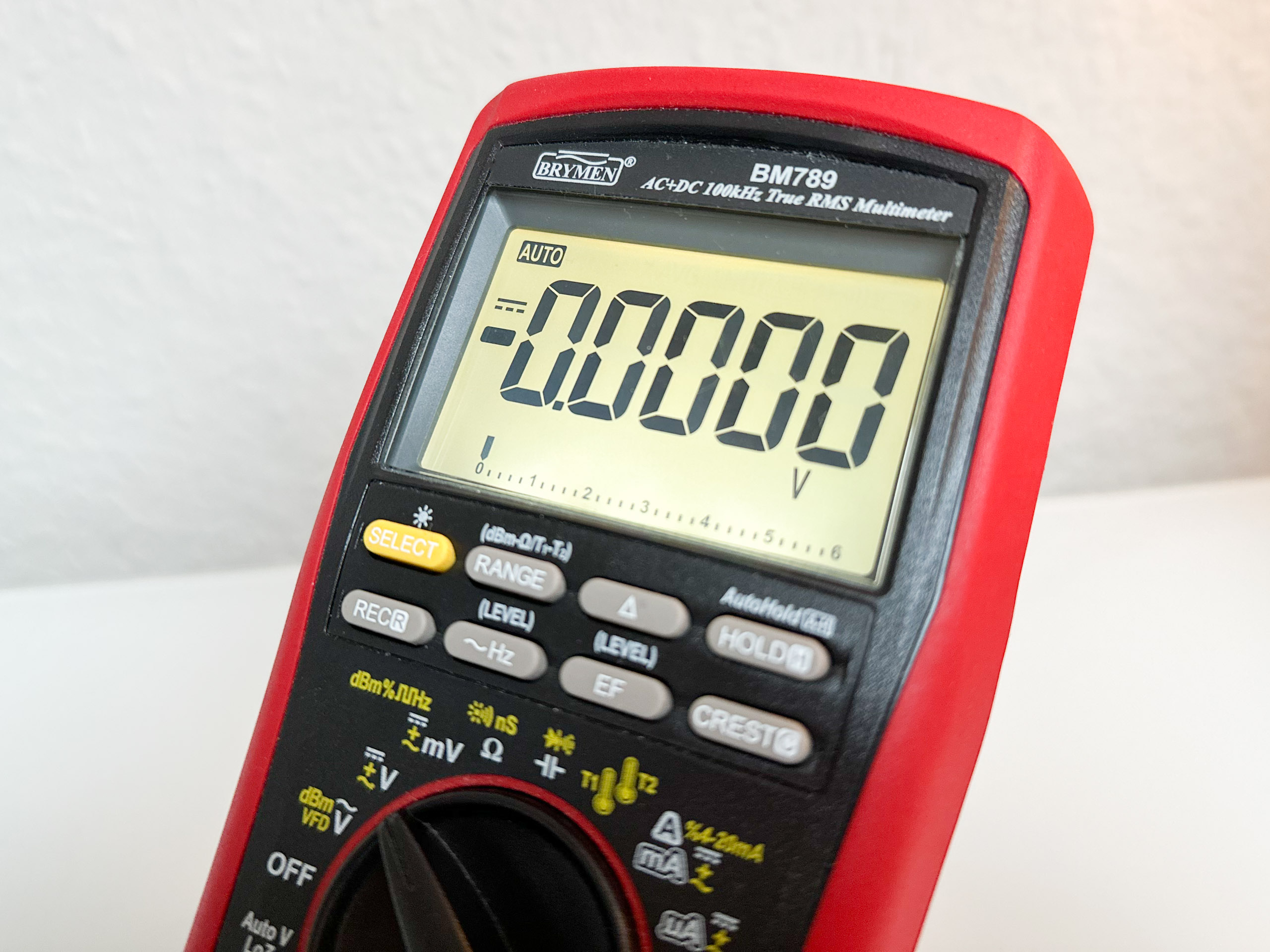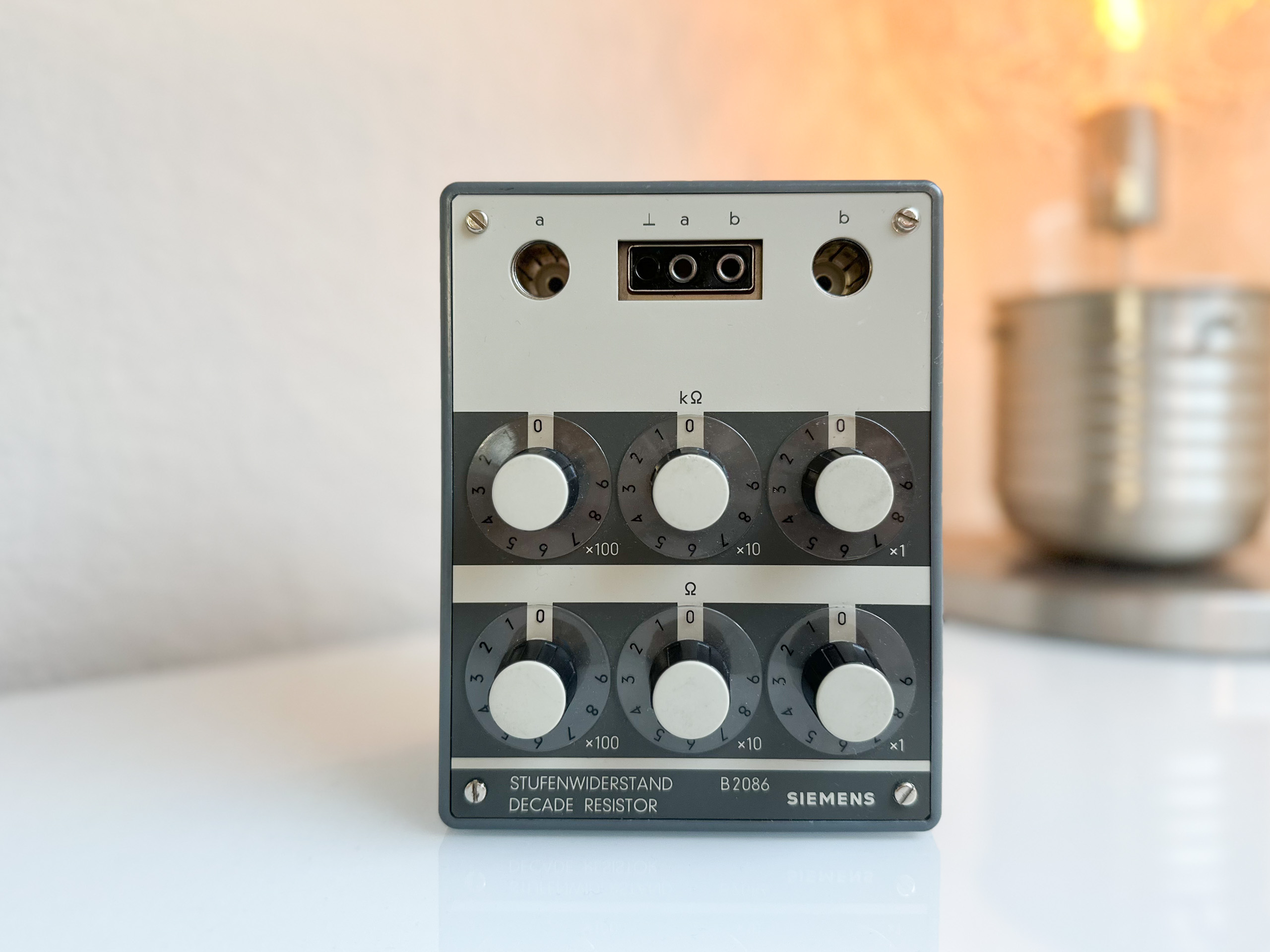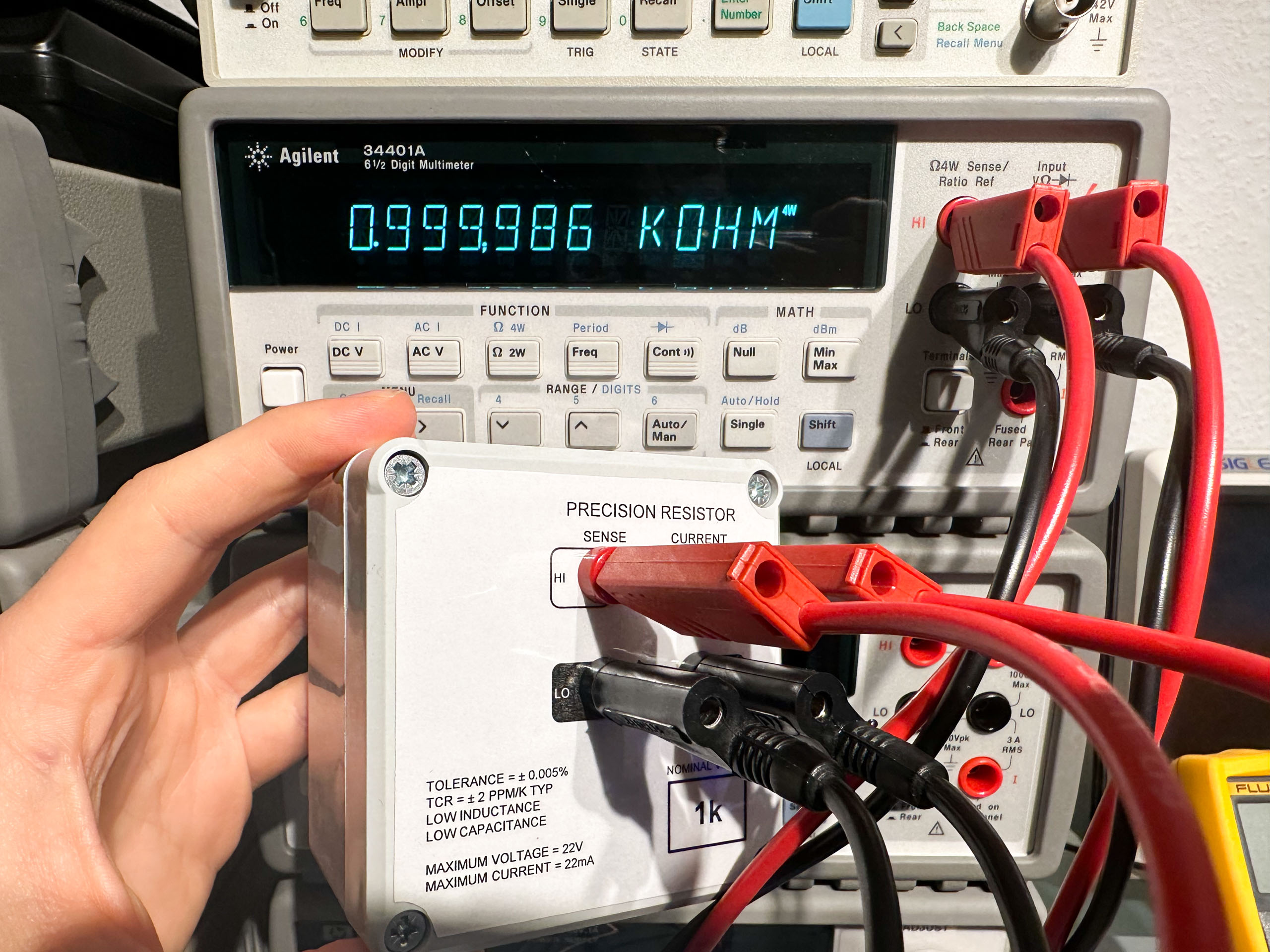Tag: Calibration
-

Brymen BM789: Not a Review
Almost two years ago I bought a Brymen BM789 Multimeter. And there is a lot to like about it. It has great specs, is feature-packed, feels high-quality and yet it’s well priced. But there are also some mostly minor aspects I don’t like: My main issue though and this is not limited to Brymen (hello…
-

Siemens B2086 Decade Resistor: Calibration
I briefly mentioned the Siemens B2086 Decade Resistor in the previous post. In this post I want to provide additional information on this interesting “vintage” unit, which seems to be geared towards AC application, not just DC. I couldn’t find a date code on it. However, back in the day they published proper manuals including…
-

Precision Resistors
With the availability of affordable precision resistors it has become fairly easy to build a diy “resistance standard” that is more than good enough for (most) hobby use cases, e. g. checking DMMs and comparing them with each other. So a while ago I built a simple enclosure for such a precision resistor with 4-Wire…